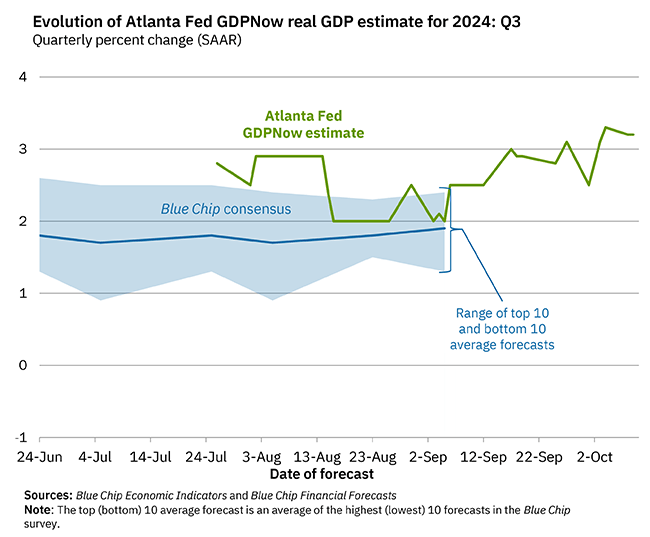| How do we measure what has been lost over the last ten years? There is no single way to calculate it, let alone a correct solution. There are so many sides to an economy that choosing one risks overstating that facet at the expense of another.
It’s somewhat of an impossible task already given the staggering dimensions. If someone had told you in 2006 that the Federal Reserve as well as all its central bank cohorts around the world would expand their balance sheets well into the trillions, and more that such expansions (LSAP’s) wouldn’t work, you would have thought them clinically insane for just the mention of it. Ten years of lost economy is beyond our limited human everyday skills for comprehension. |
 |
| All that said, we must try; it’s that important. The way in which the economy is described today in the mainstream makes it that way, since it is as if none of it ever happened. The media writes as if from that 2006 perspective, where, sure, the Great “Recession” happened…and then everyone and everything just went back to normal again.
We are so far from normal, however, which is why ultimately the argument is unconvincing. People know there is something very wrong, even if they don’t know what or to what degree. Economic anxiety remains at the top of every list of political concerns. These officials and their so-called elite want you to believe it is due to particularly narrow and uneducated viewpoints expressed out of ignorance of the wider benefits of globalism. |
 |
| Thus, this exercise is really about demonstrating yet again that there have been no benefits to globalism and really what brought it about in the first place – the eurodollar as the world economy’s central factor. I’ve narrowed this comparison to just the US for ease of calculation as well as to put it in as charitable of terms as possible; the United States economy by virtue of its “dollar” privilege has fared much better than others. It is, in many ways, the least worst estimate (cleanest dirty shirt).
A good way to start is by comparing estimates from the CBO. The Congressional Budget Office as part of its economic estimates produces calculations for “potential” output, putting it in terms of real GDP. They derive these from inflation and unemployment, the concepts embedded in NAIRU as well as the Phillips Curve. Our purpose is not to give them total validation, but to use them as a relative measuring stick especially from the point of view of orthodox Economics. |
Potential Real GDP 1999-2019 |
| In January 2007, the CBO was, as every other mainstream econometric model, anticipating very little as far as change to the economic baseline. The agency was expecting some drag from the demographic changes of then looming Baby Boomer retirements (no opioid crisis, though). The degradation, however, was believed to be only a minor downshift to potential that is illuminated when we compare it to a constant growth rate. |
Real GDP in the Eurodollar Era 1997-2015(see more posts on EuroDollar, real GDP, ) |
| The Great “Recession” and more so its lack of recovery have been forced on the CBO through time. As the unemployment rate falls (not taking into account the participation problem) and inflation remains subdued as does real GDP, the models view these conditions as lower and lower and lower potential. In other words, the CBO has arrived at what is otherwise the correct conclusion by backing into it with largely outdated theories (especially the Phillips Curve).
Thus, very quietly, policymakers have been forced over the last few years to finally reckon with the economy as it is; to the point now they realize it isn’t ever going to recover (leaving them to try to shift blame elsewhere). We are supposed to meekly accept that the economy as it above is the recovery, while simultaneously forgetting that policymakers kept promising it would be better (because monetary policy and “stimulus” always, always, works). Using their January 2007 “potential” as a baseline for comparison, we can subtract the current Q4 GDP estimates for each year (Q4 figures include the least seasonal interference and are perhaps the most accurate annual quantity). As I wrote at the outset, the results are simply staggering, which is why most people can blindly accept the narrative. It just doesn’t seem possible that this happened, and continues to happen. |
Measuring Time Cost 2007-2017 |
What is perhaps least noticeable but just as important is that the economy actually keeps pace with potential aside from the three major contraction/downturn points – the big one in 2008-09, and then the near-recessions of 2012 and 2015-16. In other words, the economy grows at the pace the CBO largely believed(s) consistent with potential, only shifted downward each time by the after-effects of further “unexpected” global monetary problems.
If we are just assigning the lack of recovery to the column of total cost, after all contractions are contractions either way, the difference between each year’s real GDP output and the January 2007 baseline is a total $16.2 trillion out of $110.4 trillion in real GDP over those seven years. Once again, there is absolutely no way to comprehend that gap.
It is why we (I) often have to turn to anecdotes in order to give it a face, or to put in intuitive terms what is really happening and to reassure ourselves this is all too real (not just nightmarishly surreal). I believe it is the only way to best appreciate how there is a reality to this depression (what else can we call it?) that mere numbers even as shocking as these can’t project. How else can we comprehend -$16 trillion? That’s the equivalent of skipping an entire year’s output in a mere seven-year timeframe.
It’s really no wonder there is an opioid crisis, for the amount of despair and hopelessness left behind by such a state is equally indescribable. Economists surely have that backward, as the proportions of the drug epidemic are not the cause of stagnation but the result from years of them calling depression a recovery. People just aren’t so stupid and gullible; widespread and very real despair leads inexorably to escapism of whatever format.
This is all, unfortunately, a global problem. QE in Europe didn’t, won’t, and can’t work because the problem isn’t strictly euros or Europe. Just as QE in the US failed to narrow the gap because the monetary issue that began exactly ten years ago today won’t be cured by a 1960’s understanding of the 1930’s money supply. The world “unexpectedly” careened off track ten years ago because of an “unexpected” monetary panic.
We still focus on that panic because we aren’t yet past it. The passage of time rather than heal these economic wounds instead opens them further, increasing the costs in output as well as social and political cohesion. History shows conclusively the results of prolonged economic dysfunction, and it isn’t pretty. The threshold in terms of time or output isn’t ever knowable, a fact that we have to keep in mind at all times.
Tags: cbo,depression,economic potential,EuroDollar,Federal Reserve,lost decade,Markets,Monetary Policy,newslettersent,real GDP



































